The Xiaomi Mi 11 Ultra is the brand’s biggest flagship, and by big, we mean a 6.81 inch AMOLED quad-curved display, as well as a camera bump on the rear housing three full-sized cameras and a small screen. Powered by the top-of-the-line Qualcomm Snapdragon 888 chipset, the Mi 11 Ultra is a luxury smartphone that is in DXOMARK’s ultra-premium category. Let’s see how it fared in our rigorous Display testing protocol.
Key display specifications:
- AMOLED display
- Size: 6.81 inches. Dimensions: 164.3 x 74.6 x 8.38 mm (6.47 x 2.94 x 0.33 in)
- Resolution: 3200 x1440 pixels
- Aspect ratio: 20:9 ratio, ~515 ppi density
- Refresh rate: 120 Hz
About DXOMARK Display tests: For scoring and analysis in our smartphone and other display reviews, DXOMARK engineers perform a variety of objective and perceptual tests under controlled lab and real-life conditions. This article highlights the most important results of our testing. Note that we evaluate display attributes using only the device’s built-in display hardware and its still image (gallery) and video apps at their default settings. (For in-depth information about how we evaluate smartphone and other displays, check out our articles, “How DXOMARK tests display quality” and “A closer look at DXOMARK Display testing.”)
Test summary
Scoring
Sub-scores and attributes included in the calculations of the global score.
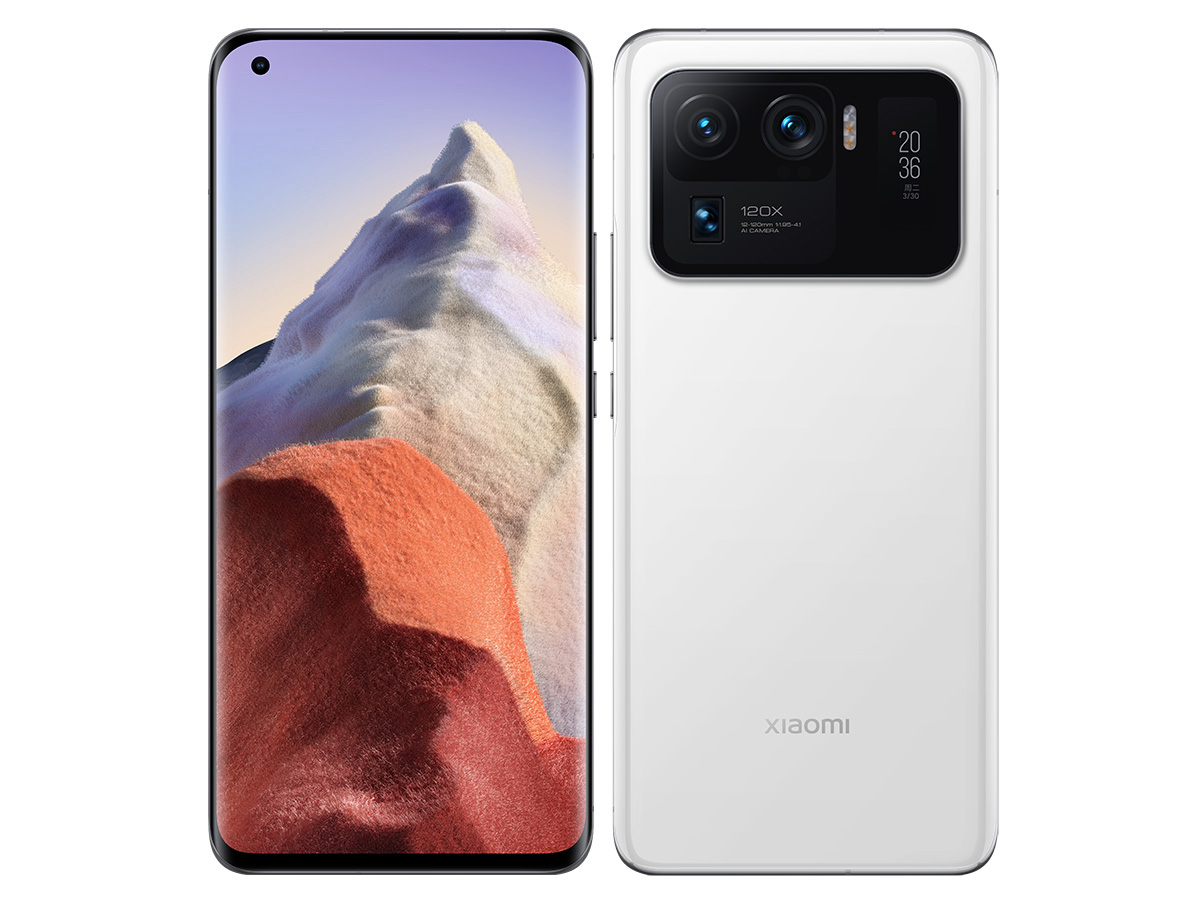 Xiaomi Mi 11 Ultra
Xiaomi Mi 11 Ultra


 119th
119th
 79th
79th
Pros
- Video brightness is well suited, especially for HDR10 content.
- Colors are fairly accurate overall.
- The device offers an acceptable readability in most tested conditions.
- Aliasing in video games is well managed.
Cons
- The image adaptation performed under very bright light may alter the picture rendering fidelity.
- Dark details are difficult to perceive when watching HDR10 content.
- A lack of smoothness is noticeable when browsing a web page and in the gallery.
- Zooming in the gallery app is not accurate.
The Xiaomi Mi 11 Ultra’s overall score of 87 puts it at the lower end of our top 10 devices in our database rankings in this price range, tied with the Apple iPhone 12 Pro. Like its brand sibling, the Xiaomi Mi 11, it shows marked improvement over the predecessor in this line, the Xiaomi Mi 10 Ultra. In this review, we compare the Xiaomi Mi 11 Ultra with the Mi 11, the Samsung Galaxy S21 Ultra 5G (Exynos) and the OnePlus 9 Pro.

Readability
Xiaomi Mi 11 Ultra
65
76
DXOMARK uses the device’s gallery app to show static (still image) content when measuring the device’s display for brightness, contrast, gamma, and blue light impact, etc.
Readability is the most important measure of a smartphone display’s basic functionality, and here the Xiaomi Mi11 Ultra lands outside the top 10 among ultra-premium devices in our database rankings.
Its peak luminance nearly matches that of its brand sibling, the Xiaomi Mi 11, and it easily bests the OnePlus 9 Pro, but it doesn’t reach the heights of the Samsung Galaxy S21 Ultra 5G Exynos, as you can see in the graph below:
When reading text on the Web in a low-light environment, the brightness is slightly low, but readability remains acceptable. In indoor conditions, as in the photo illustration below, darker shades can be difficult to distinguish.

In outdoors, an image adaptation improves the readability, especially under sunlight, as you can see in the photo illustration below. But again details in darker areas are lost. Direct sunlight is difficult to manage for all smartphone displays. In terms of transitions between types of lighting, the Xiaomi Mi 11 Ultra performs smoothly, but it’s slow to react and to adapt.

A loss of brightness is visible when the Xiaomi Mi 11 Ultra is viewed at an angle, decreasing the readability of photos, especially darker ones.
With the blue light filter on, a slight loss of brightness is noticeable, but the overall readability remains close to the readability without the BLF.
As for brightness uniformity, the Xiaomi Mi 11 Ultra shows a slight gradient, going from brighter at the bottom to darker at the top.
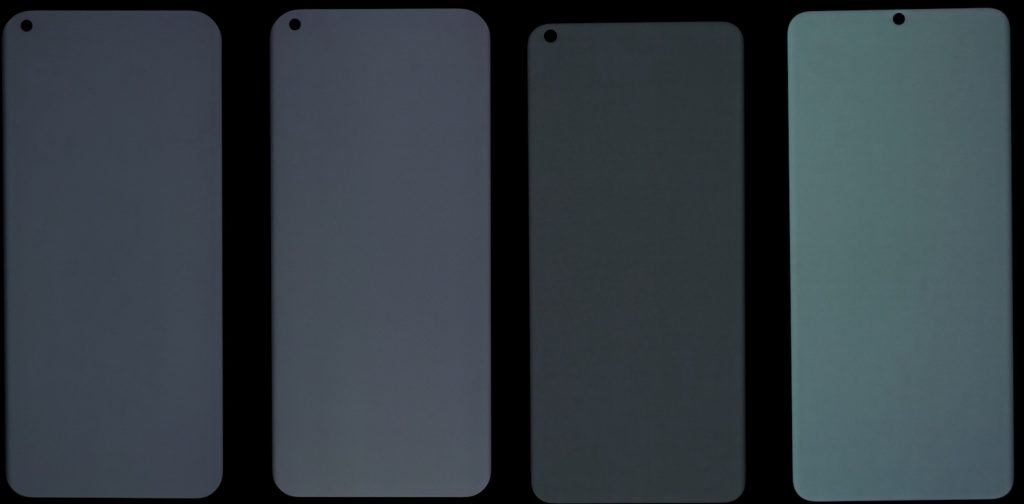

Color
Xiaomi Mi 11 Ultra
87
92
DXOMARK uses the device’s gallery app to show static (still image) content when measuring the device’s display for white point, gamut, uniformity, color fidelity, and blue light filter impact, etc.
The Xiaomi Mi 11 Ultra performed quite well in the color attribute, with an 87 putting it in second place in our database rankings in the ultra-premium category, one point better than the Mi 11, which also performed ably in this attribute. Like many smartphones, the device does not adapt its color when the ambient illuminant changes.
Colors are sometimes oversaturated, and a yellowish to greenish cast is observable in indoor lighting conditions, as in the photo illustration below.

Slight orange to reddish casts are noticeable in outdoor shade and sunlight. Colors can be sometimes oversaturated. The photo illustration below shows the devices in use in outdoor shade.
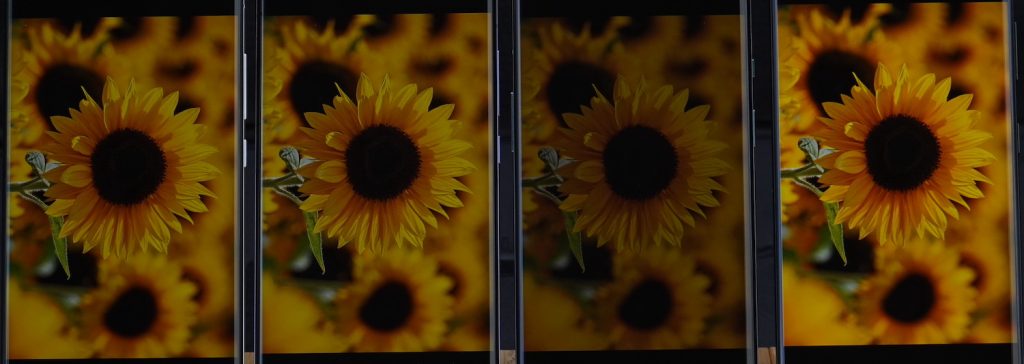
As is typical of smartphone displays generally, the Xiaomi Mi 11 Ultra shifts color when viewed at an angle, as the scattering of dots below in the right-hand chart illustrates. The color shifts to bluish or greenish depending on the angle of the device, and colors appear less saturated.
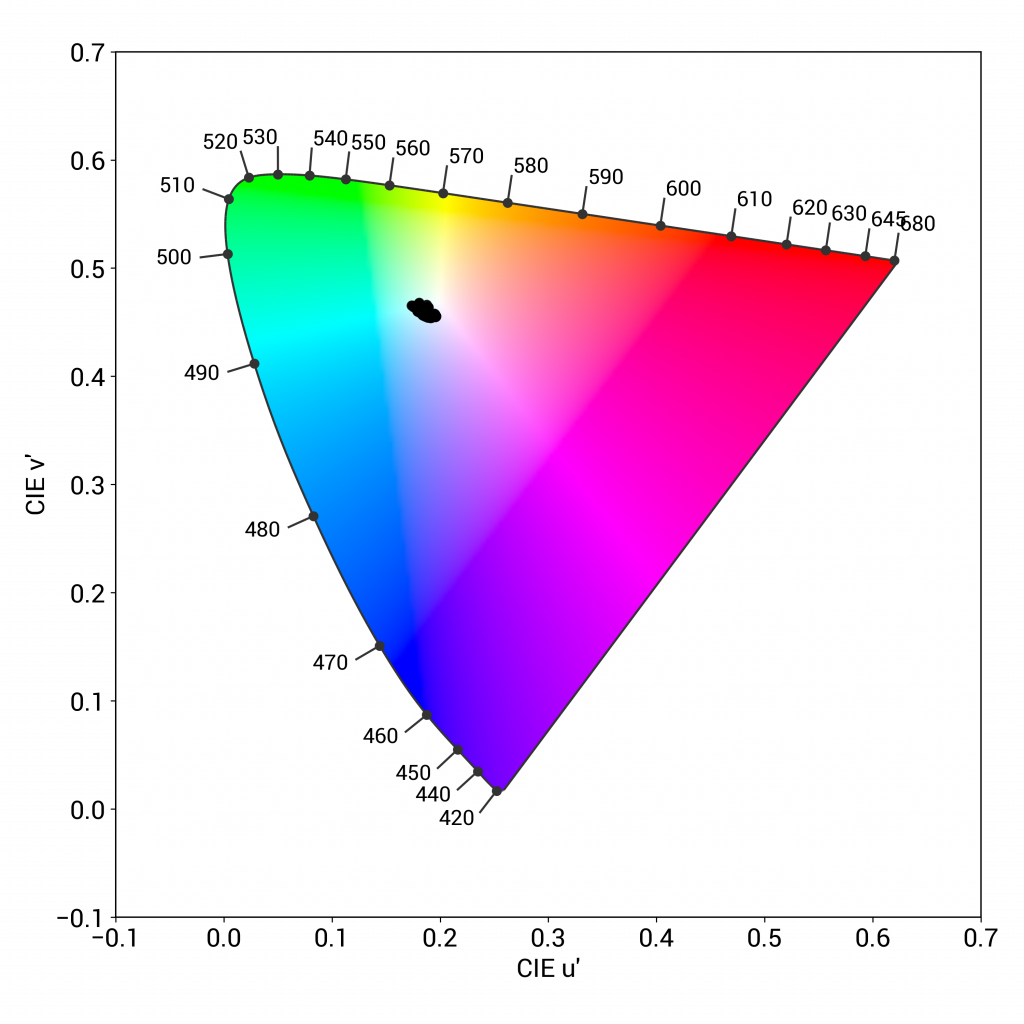
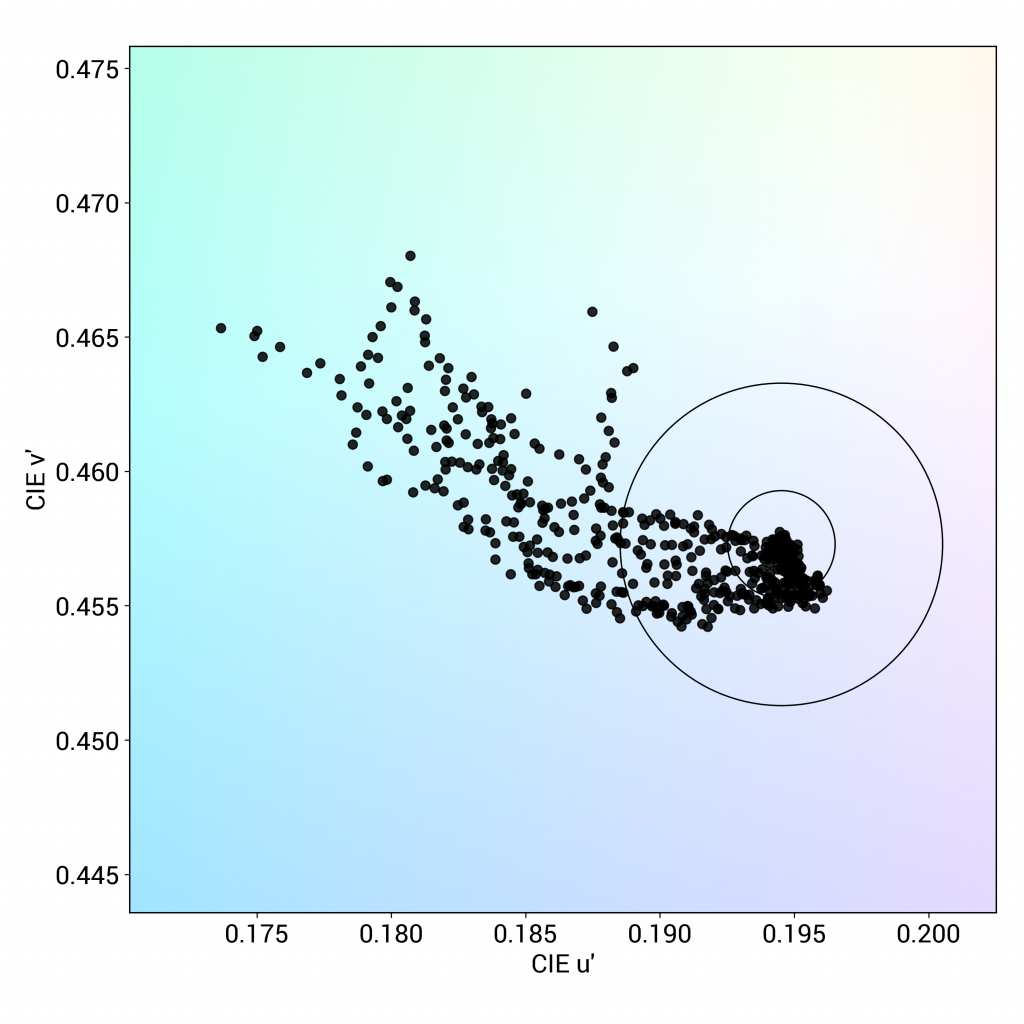
As for color uniformity of the display, our engineers observed slightly reddish areas at the top of the device.
With the blue light filter activated, there is a slight yellow cast visible, but it remains acceptable.

Video
Xiaomi Mi 11 Ultra
78
91
DXOMARK uses the device’s video (or browser) app to show dynamic content when measuring the device’s display for brightness, contrast, gamma, and color.
The Xiaomi Mi 11 Ultra scored well in the video attribute; its 78 puts it among the top 10 ultra-premium devices. When watching HDR10 content, the brightness is well-suited to pleasurable viewing. In regards to contrast, mid tones are well rendered. In some scenes, dark details can be difficult to distinguish on HDR10 content. In terms of color rendering, a slight yellow green cast is observable. When it comes to skin tones, the color cast is slightly perceivable, but the rendering is acceptable.

Photo credit: DXOMARK; for illustration only

Motion
Xiaomi Mi 11 Ultra
77
87

Touch
Xiaomi Mi 11 Ultra
62
85
The Xiaomi Mi 11 Ultra had a decent showing in the motion attribute. It displayed quite a few frame drops at 30 fps, although it did not show much stutter at 60 fps in the UHD format, and no frame drops were visible when playing games. Our engineers noticed some slight motion blur, with a slight frame duplication. When using the slider while watching videos, there is a slight visible delay before resumption of the video, and video playback can be slowed down sometimes.

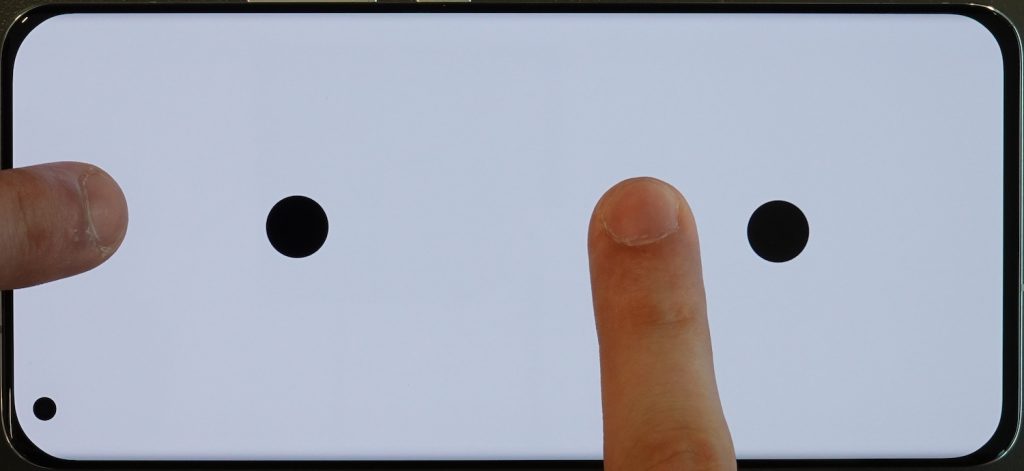
As you can see in the photo illustration above right, the Mi 11 Ultra was not very accurate when zooming in the gallery app. Nor is it smooth when browsing the web or scrolling in the gallery. On the other hand, the Xiaomi device feels fairly smooth when playing video games.

Artifacts
Xiaomi Mi 11 Ultra
83
86
The Xiaomi Mi 11 Ultra had an excellent score in the artifacts attribute, just one point down from the top score of 84. There is a small notch at the upper left corner of the screen for the selfie camera. Judder is visible at 24 fps; there is no judder visible at 30 fps, but there are frequent frame drops. There is no judder visible at 60 fps. Flicker is well managed:
There is some noticeable ghost touch from time to time, especially on the bottom corners. The Xiaomi Mi 11 Ultra was particularly adept at managing aliasing; almost none was visible when gaming, as you can see in the image and zoomed crop below:
Conclusion
The Xiaomi Mi 11 Ultra, like the Xiaomi Mi 11, made some significant performance advances in Display over its brand predecessors, and overall, it turned in a strong showing that is reflected in its scores. Areas for improvement include accuracy and smoothness in the touch attribute and better management of dark details when viewing HDR10 content. Its strengths included accurate color rendering, good video brightness, and decent readability in most tested conditions.


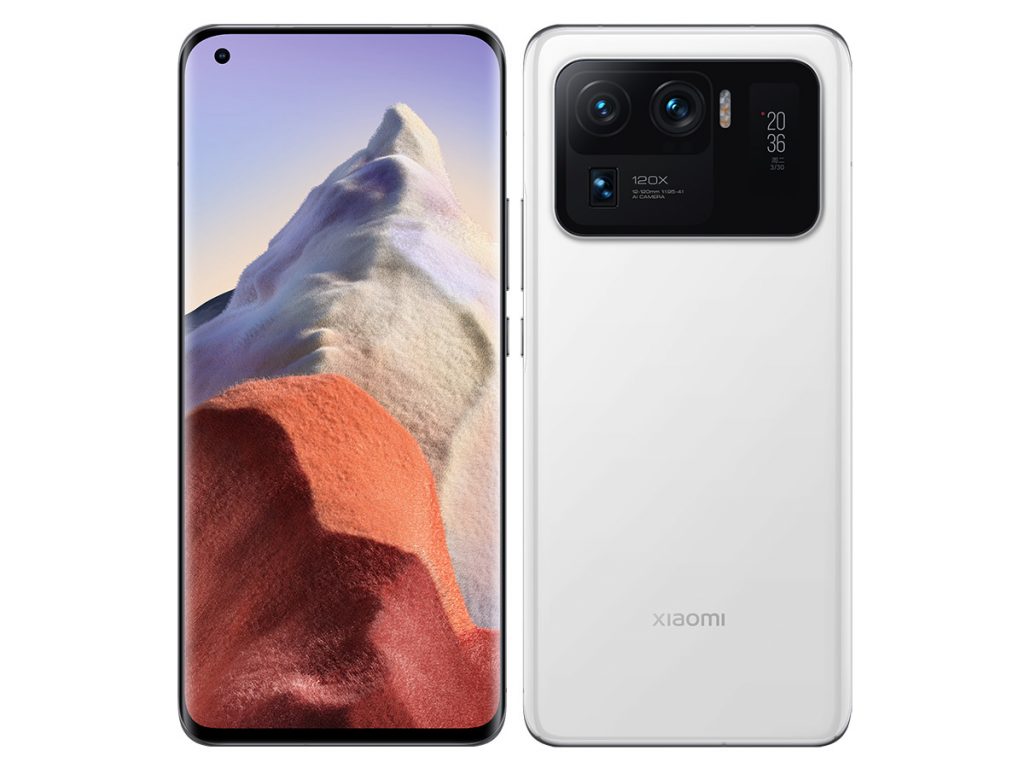

DXOMARK encourages its readers to share comments on the articles. To read or post comments, Disqus cookies are required. Change your Cookies Preferences and read more about our Comment Policy.